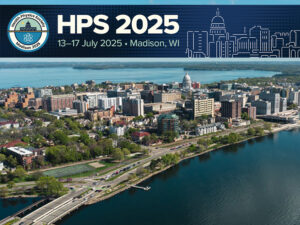I am considering going to Japan for a doctoral program. As such, I would be in the country for an extended period of time. One of my main concerns with radiation exposure is in the food chain. Can you please describe what the screening process is like for sea-based and land-based foods? What do the limits set on foods mean and what is considered safe?
Additionally, in looking through previous Fukushima questions here, I came across this government website: jciv.iidj.net/map.
The areas I will be in are Tokyo and its surrounding suburbs. Today, readings for an area I would be in at length are 89 nSv h-1. What exactly can be determined from this level of radiation? How many nSv h-1 is considered dangerous?
Thank you for your questions. Your concern about radioactivity in food is shared by many.
Testing of food products that could reach markets in Tokyo is reliable and ongoing. Test results are posted online; if you have specific questions about the data, I’ll try to answer them. This website, Japan Probe, discusses the screening process.
Regarding radiation readings, nanosieverts per hour (nSv h-1) is a measure of ambient radiation levels. Background levels in the United States (from natural sources) range from about 50 nSv h-1 to 200 nSv h-1, depending on geology, altitude, etc. A Health Physics Society fact sheet on this has more information. I would only begin to worry about overexposures at levels a hundred times greater.
As noted on our FAQ page, we feel that the safety limits being used are more than adequate to protect public health, and we do not believe one has to be overly concerned about radiation exposure when visiting Japan.
Joel I. Cehn,
Certified Health Physicist
Answer posted on 29 January 2014. The information posted on this web page is intended as general reference information only. Specific facts and circumstances may affect the applicability of concepts, materials, and information described herein. The information provided is not a substitute for professional advice and should not be relied upon in the absence of such professional advice. To the best of our knowledge, answers are correct at the time they are posted. Be advised that over time, requirements could change, new data could be made available, and Internet links could change, affecting the correctness of the answers. Answers are the professional opinions of the expert responding to each question; they do not necessarily represent the position of the Health Physics Society.






